Bank data is allowing for more targeted and convenient payment and marketing offers. Rebecca Thomson looks at how the partnership between finance and retail is changing.
The finance industry has long been ahead of retail in its use of big data, and the reason is obvious. Banks and payments processors deal in customer data - it’s a core part of their business model - and that expertise is now starting to shape how retailers interact with their customers.
The trend is having an effect on both payments and marketing. The payments industry is going through a period of change, and it’s not all about small-value transactions and mobile payments. The credit packages available to customers are changing, and the offers they are sent by retailers are shifting too. Instead of a direct mail campaign, retailers are now paying to have their name and offer placed on a customer’s online bank statement, or allowing shoppers to defer payment on big online purchases.
Convenience and control
This is all being done using banks’ access to shoppers’ purchase history. “The really powerful stuff comes from knowing customers’ location and knowing their purchase history,” says Benjamin Ensor, research director for ebusiness and channel strategy at Forrester. “The more data you have, the more likely it is you will be able to put
a relevant offer in front of customers.”
The challenge for retailers is building up such data, and getting it into a state that’s easy to use. The benefit of working with banks and payment processors is they have all the data already and are willing to share it - for a price, of course.
“Retailers can use their own data and that gives them a good view of what their customers are doing in store,” says Charlie Humphreys, managing director of Cardlytics, which provides data-driven marketing on bank statements.
“Bank data is complementary to that - it shows what their customers are doing outside of those stores.”
Consumer data is most often used for targeted marketing offers, but the payments industry is also changing
fundamentally, says Steve Dukes, head of online payment tool PayLater, which is owned by Wonga.com.
“Customers are looking for alternative payment methods that are convenient and controlled by them. The payment industry is innovating quite quickly to keep up with that,” he says.
Online shopping - which puts the customer more in control of the process - is driving change, making shoppers crave convenience and control in every part of the transaction. Ken Cregan, principal for financial services at CapgeminiConsulting, says this will change the way shoppers interact with retailers and banks in the future.
“In five years’ time you will see people being able to manage their financial capabilities through a portal through a mobile personal finance manager,” he says. “All their loans and bank accounts will be managed through one point, giving them greater control and choice.”
There will be more choice from a retailer’s perspective as well, he adds, as the payments market continues to grow and fragment. “It gives them more choice in terms of moving away from the large payment schemes to ones that suit their customer base.”
Such growth and fragmentation does bring challenges, however. It means there’s a risk of shoppers being bombarded with different offers and overwhelmed by choice, and it also hinders the development of the market, most notably in mobile payments.
No bank or mobile network has a monopoly over UK shoppers, and no one payment service is emerging as the leader. “It’s not the end of the world if you have multiple systems, but it’s logistically more complicated,” says Ensor.
“As a retailer what you primarily want is to reach as many customers as you can. If you are having to work with three different schemes to achieve those benefits that would be a little less attractive than through one scheme.”
But this lack of a market leader has its benefits, too. Ensor says: “A little bit of fragmentation is in retailers’ interests, because there isn’t going to be a very powerful dominant player.” In the US, retailers have even started to form partnerships with each other to provide offers and payment services in a bid to make sure their market power is not out-shone by any emerging finance beasts.
A number of companies are competing hard to win market share in the data-driven marketing space as well as in mobile payments. They include Barclaycard, Visa and Cardlytics, and each is chasing a similar vision.
Subtle approach
The market will slowly mature, but its success does depend on how retailers and financial institutions approach it.
If their targeted offers and new payment services are provided in a subtle way that doesn’t annoy shoppers, the response will be good. But consumers’ acceptance of new services is not guaranteed. “How we react to targeted offers depends on how well the merchants deliver it,” Ensor says. “If it’s very subtle, they’ll think it’s great.
If not, they’ll refuse the offers.”
These offers and new credit services will slowly start to creep into shoppers’ consciousness as retailers try new
services, and the process of change will be steady.
But, as with mobile payments, it’s a tricky situation. “It’s the complexity of doing these things that’s slowing things down,” Ensor says. “Some retailers are convinced by them and actively pursuing the opportunity, others are looking at it, and others haven’t thought about it at all.”
But as banks and payment providers continue to push the value of the vast volumes of data they own, a network of carefully chosen partnerships is likely to be the best way forward.
How Finance and retail are working together
Steve Dukes, head of online payment tool PayLater, Wonga.com
- Consumer data has become a powerful force in retail, helping retailers to target marketing offers to suit each customer by looking at their past purchases.
- Banks often have more transactional data than retailers, and are sharing this in a bid to make targeted offers more accurate. Services such as those provided by Cardlytics, which works with two-thirds of the top 100 US retailers, use bank data on past transactions to place targeted offers on a shopper’s bank statement.
- Payments are morphing as mobile technology evolves. This doesn’t just mean mobile payments - although that is a key area of change - but other areas of payment as well.
- New digital payment services are emerging that give retailers and consumers more choice over transaction options. From PayLater to PayPal, the payments industry has become fragmented and complex. This provides more choice, but also makes the landscape more complicated for retailers to navigate.
- The two separate trends are likely to slowly converge as shoppers use their mobiles to pay for goods, manage their finances, order online and interact with retailers.
- Retailers are likely to need a variety of strategic partnerships with the institutions whose services best suit their customers’ needs. Progress over the next five years might be slow as retailers find their way, and customers decide which services they prefer.




















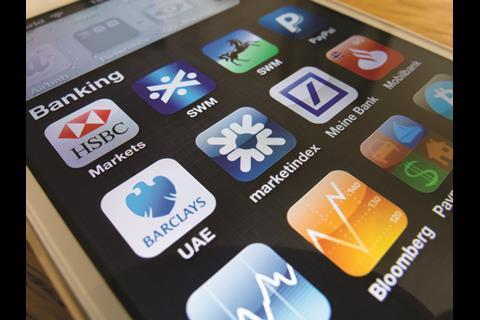

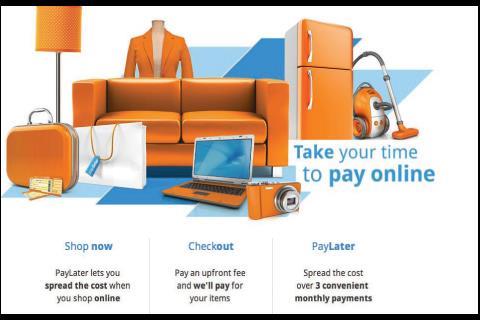

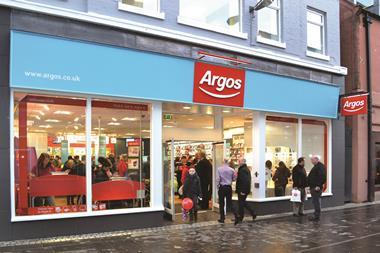

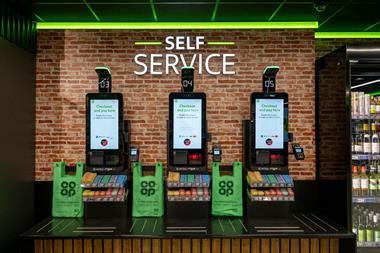
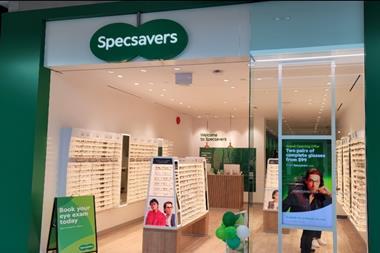

No comments yet